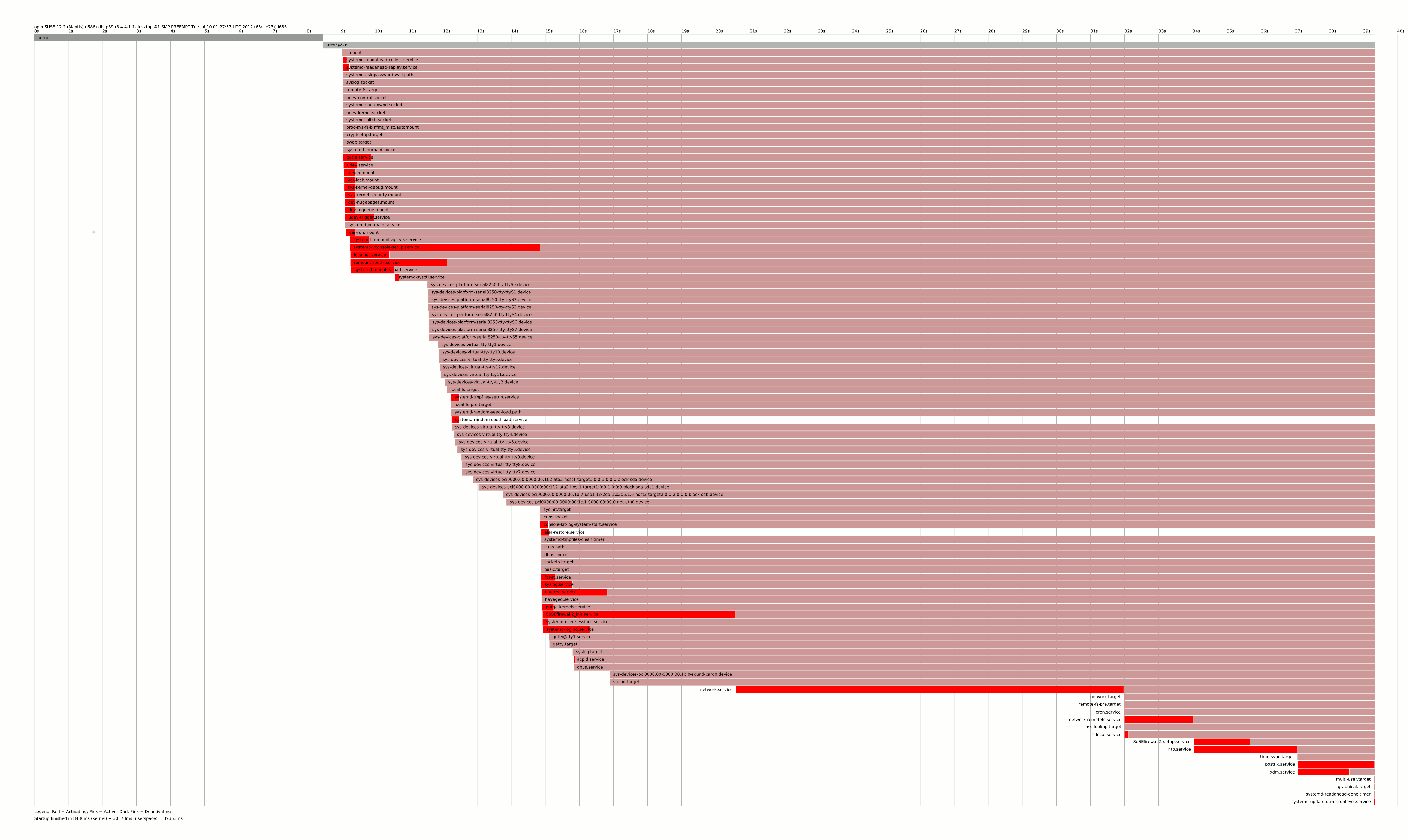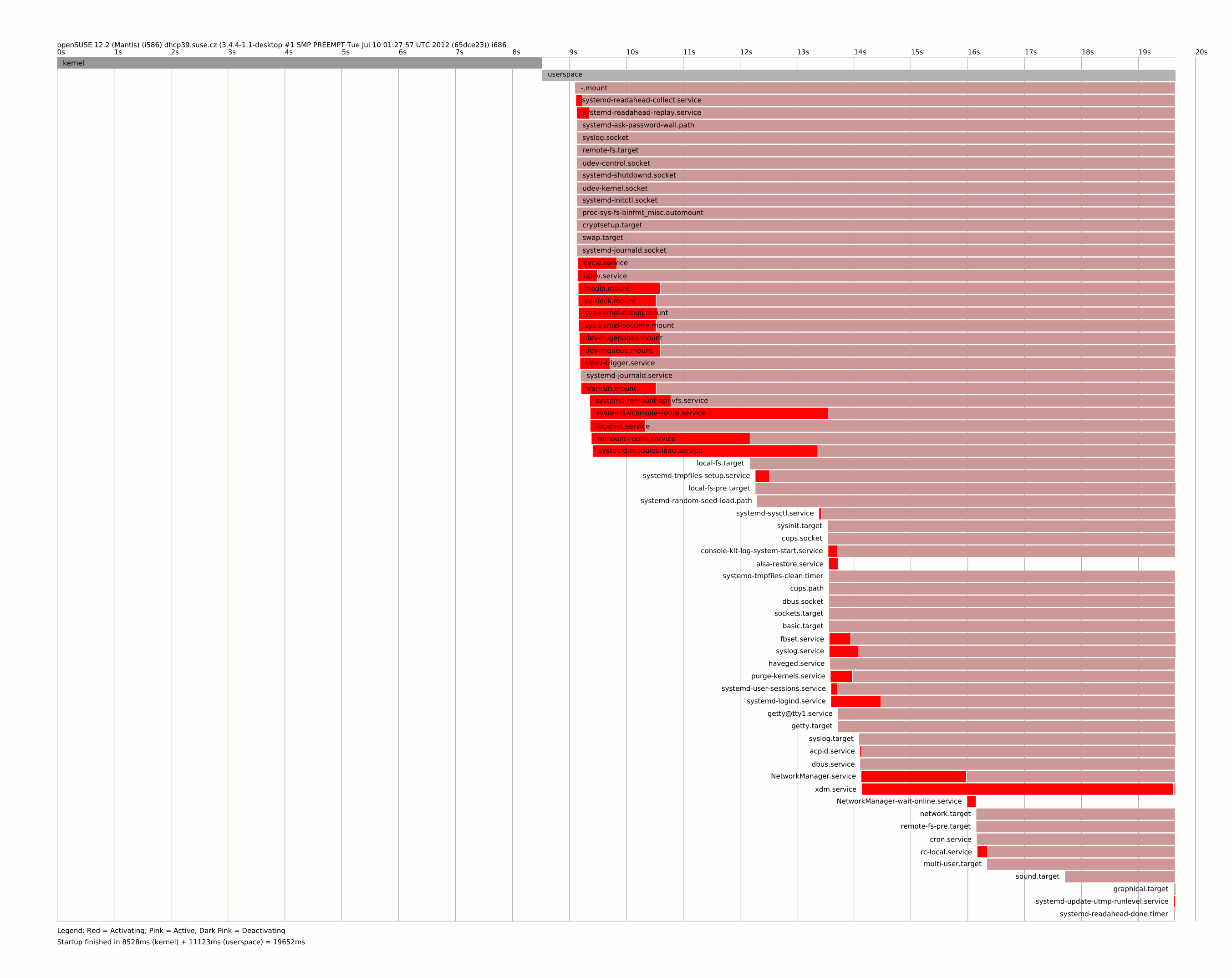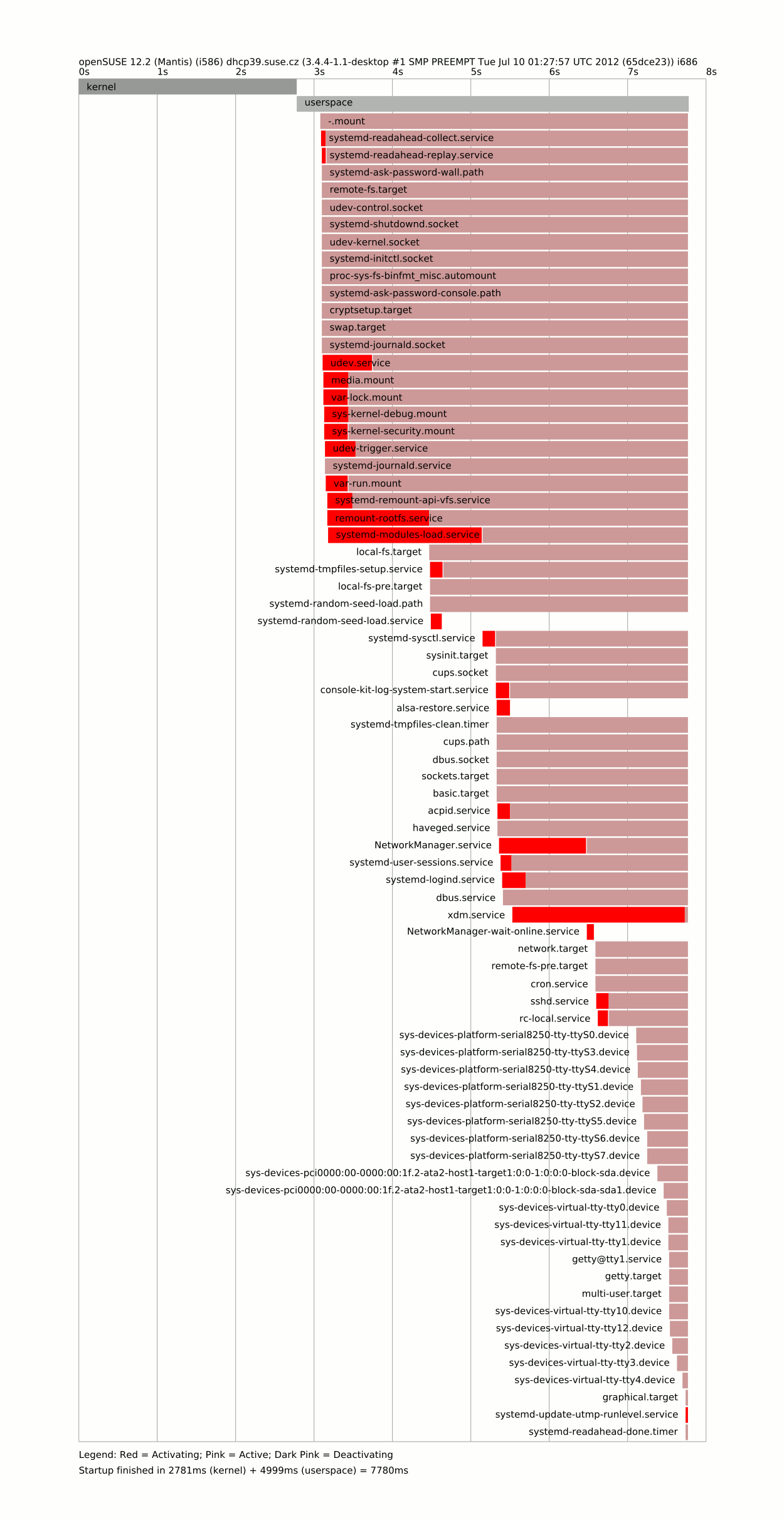I know I’m old losah! Nowadays it’s all about pads, phones and mobile this and mobile that. Install some cool stuff from app store and start mangling. I was amused how much you can do with these small entertainment units but then comes small detail that is not that cool over 20% stuff that is downloaded from Apple store is games and those neat utilities are just 5%. I don’t know what education means but it’s after games so I think it’s good thing. What I’m trying to say stop playing for a while (it’s good thing to do. Don’t get me wrong), put pad/phone down and look around what kind of world we are living in 2014.
Nah Open Source/Free Software doesn’t matter anyway
In year 2014 wasn’t just year on Linux getting into you hands as Android. It was strange year in Linux land. Probably biggest Linux hater from Redmond that called Linux Cancer said ‘hey Free Software and Open Source are cool! We take cherrys like Apple and sell them to you in nice package and there nothing wrong with that (And I’m with them.. it’s what they can do if you buy it)’. Small IoT (Internet-Of-Things, Industrial Internet or choose your favorite term) ARM SOC boards are so Nineties. MIPS made proud comeback! Once it was SGI’s own bitch but now there is growing mass of small very cheap wireless boards started to flow in. All supporting Linux and most have also Android. Targeted to next big thing that you are doing when not playing.
In Finland where I’m located this have been year of economical rumble (read economical crash). Mass layoffs, industrial work places are getting rare and Nokia was sold to that huge firm from Redmond. Selling Nokia out was end of Finland’s mobile dreams as they now have new tablet and fear not also Jolla is launching their new shiny Sailfish tablet and got very good funding through indie-go-go. Ok nobody really wants this tablet because of Android but it’s good to see there is guys and girls that still think with punk attitude and believe that very small firm like Jolla can produce something that big players can’t.
Year 2014 also was big climate is changing year. USA and China make promise to cut their carbon dioxide emission till 2030. USA will do something and China says their peak will be 2030. Does this stop global warming probably not but at least now it’s official that climate is changing. How this is relevant with Linux? Most of these calculation are done in ‘super computers’ and those run tadaaaa… Linux. They don’t run Fedora or openSUSE because they are mostly very fast calculators but they run Linux kernel and something that as immortals never will know because most of them doesn’t calculate climate change things. They calculate nuclear war scenarios. Hello Dr. Falken shall we play a game? Linux++ and HP Machine anyone?
Firefox which is now 10 years old. They broke up with Google because as you can see they don’t need that search flow anymore. Firefox preset for searching in USA is now Yahoo, Russian Yandex and China Baidu. Mozilla also made bold moves with Firefox OS in 2014. More phones and if you need low end cheap phone so you should consider Firefox OS phone 25$ that is very cheap.
So what happened in Linux land
openSUSE made only one release 13.2 but then rumbled big changes in. openSUSE is also catching up popular rolling release method like Arch Linux with Tumbleweed but this year openSUSE upstream Factory also become a rolling release and then it get together with Tumbleweed. It’s good thing! Really things get tested and traditional releases are more stable. Hooray for that. There was and gigantic war against systemd and you can start sending me millions of hate mails for a start because I Like it! It’s modern and does everything that was wrong with Linux init. No more big tune this tune that complex learn curve up to your a** stuff very neat simple configuration. Ok it’s bloat.. but why don’t you start hating Linux kernel. It’s not very UNIX nether it’s doesn’t just one thing like BSD micro-kernel approach. But that is what I wanted to say about that. If you fork Debian just to have Sysvinit I think you are little bit over reacting but best luck to you I’m nothing but thumbs up get it rolling! At the end this feels like Pulseaudio hating campaign. Everybody hated it first but now nobody even notices that they are using it.
Also it becomes clear 2014 that Desktop Linux will never come. Time just passed by and people moved to other things and we have desktop Linux Google’s Chromebooks. In year 2014 It also becomes clear that nor Tizen or Ubuntu phone will be huge success at least it takes little bit longer. My hope is that X will die in great crash of meteorite or let me rephrase how about Wayland project will never take X-windows place and things never become sweet again. Canonical shiny move with Mir display server will shake things up if it becomes successful. Time will tell how things end up will Mir be successor of X or should it be Wayland?
So what to give as present if you want to give Linux based device?
There is so many Linux gift list to choose from that I just link to them so you can choose from yourself.
This was how I see year 2014. Let’s meet interesting year 2015 which is just few weeks away and light will come back and darkness fade away.


